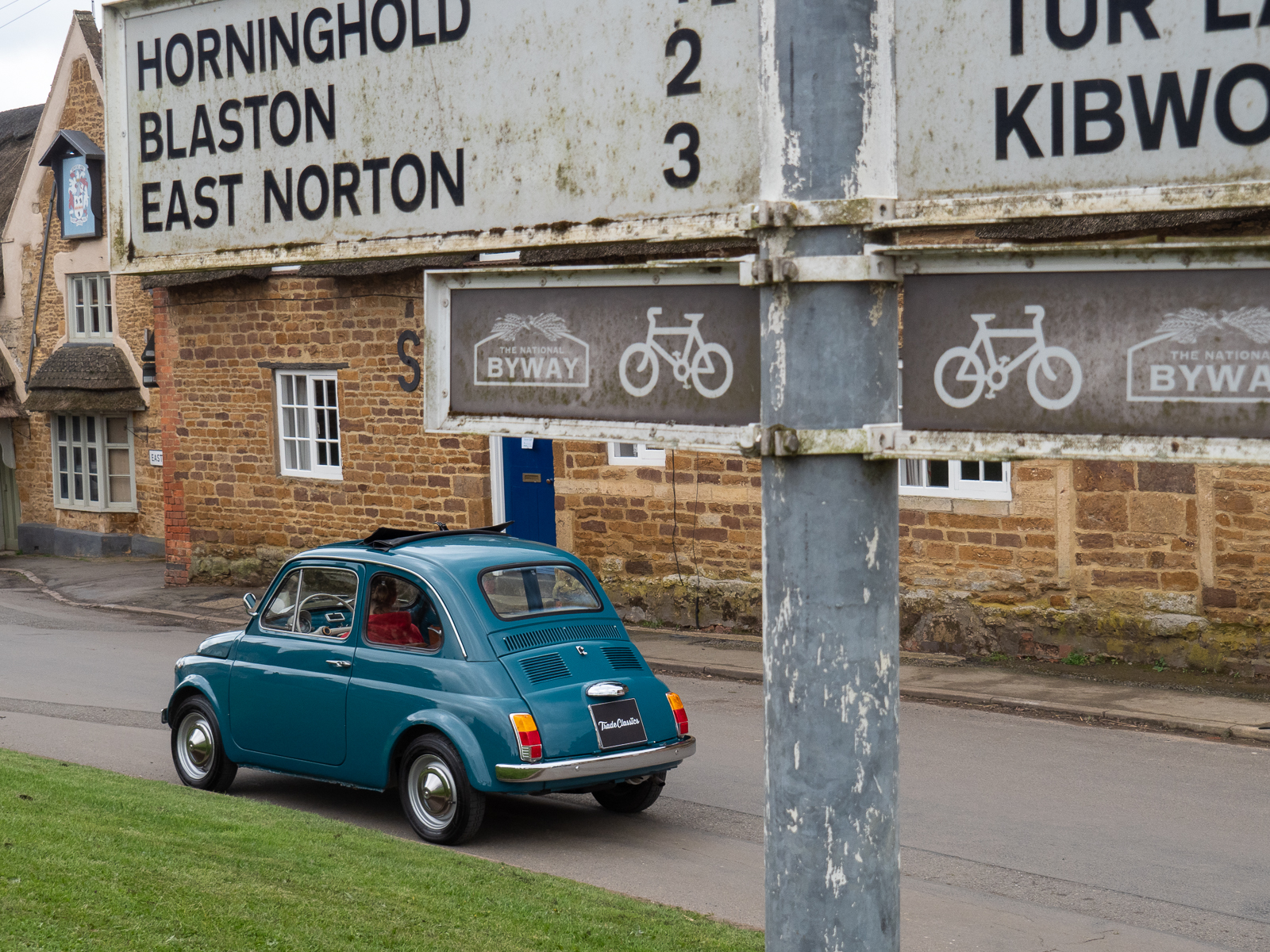Please login to bid on an auction or manage your account.
By Richard Gormley
24th Feb 2022
I’ve owned ’60s and ’70s classic for over 40 years and, as a child in the ’70s I spent many happy hours helping my dad fix very rusty, unreliable, mainstream cars as he lurched from the crisis of one MOT to the next.
So, you’d think I’d be immune to the smell of exhaust fumes from my MGB. But I’m not. In fact, I love it. It evokes memories of my childhood and reminds me of all the things I love about classic car ownership.
I’m strange, sure, but I’m not alone. Any car or motorsport enthusiast will tell you the odour of burnt fuel, at once both toxic and intoxicating, is very much part of the overall experience. Of course, these days, it’s something of a guilty pleasure, but it’s a pleasure none the less. Perhaps Pot Pourri in that flavour could be the go-to present for the car enthusiast in your life.
So, what really drives us? It’s clearly not just about the smell of burnt fuel, but it’s not just about the metal either. Pure investors aside, classic car ownership requires emotional commitment and because emotions are involved, our relationships with our cars is complex. The exotic beauty of an E-Type or the pure elegance of an Aston Martin DB4 are undeniable and should, in my view anyway, place their designers and stylists in the ranks of the finest architects and artists. Utilitarian ’50s family stalwarts such as the Austin A40 Somerset or the Ford 103E Popular capture the atmosphere of the post war period and, as Britain emerged from austerity, glitzy MK2 Zephyrs and Vauxhall Crestas remind us of a time when Harold Macmillan told us we’d never had it so good. These cars are an important part of our social history and because of that a part of our personal histories too.

It’s about the drive too. These cars communicate with us in a way that modern cars, undeniably safer and more technically advanced, cannot. They have to be driven, the surge of a V8, sensing changes in the camber or road surface, feeling the traction and responding accordingly are all part of the driving experience that takes us back to a time when engagement with the engineering was visceral.
When we enter an old house many of us try to imagine the trials and tribulations that have taken place within the walls. Our cars too tell a story. They carry with them the good times and the bad, the memories, the hopes and the dreams of previous owners and their families. Much like houses, cars are places where lives unfold, conversations take place and arguments rage. This history matters, we value it. At the end of the day houses are just buildings and cars just machines, but it is the meaning we attach to them that becomes important.
It’s an emotional connection across a broad front. The looks, the sound, the smell, the stories. We may have different perspectives on this but all have a place in our relationship with classics. Part of the motivation that keeps us working over years, through cold winters, on complex restorations comes from the sense that we are resurrecting not just a machine but a story, and we are creating new chapters in that story, reinforcing a connection with the past that is important to all of us.
Your friends and family probably describe you as a car nut or petrolhead. I’d argue that we’re much more than that. Hopeless romantics maybe? Alternatively, it might be we just love the smell of burnt fuel!
Richard
Automotive Photographer and Writer – Trade Classics
*Each week we send newsletter updates that contain information about our industry and the cars that we auction each week. Please don’t worry as we won’t ever sell your data – we have a strict GDPR Policy that protects your personal data.
© Trade Classics Limited - All Rights Reserved | UK Registered 11493868 | VAT 302 5584 26

Please create an account to bid on our auctions and stay up-to-date by receiving our weekly auction update.

